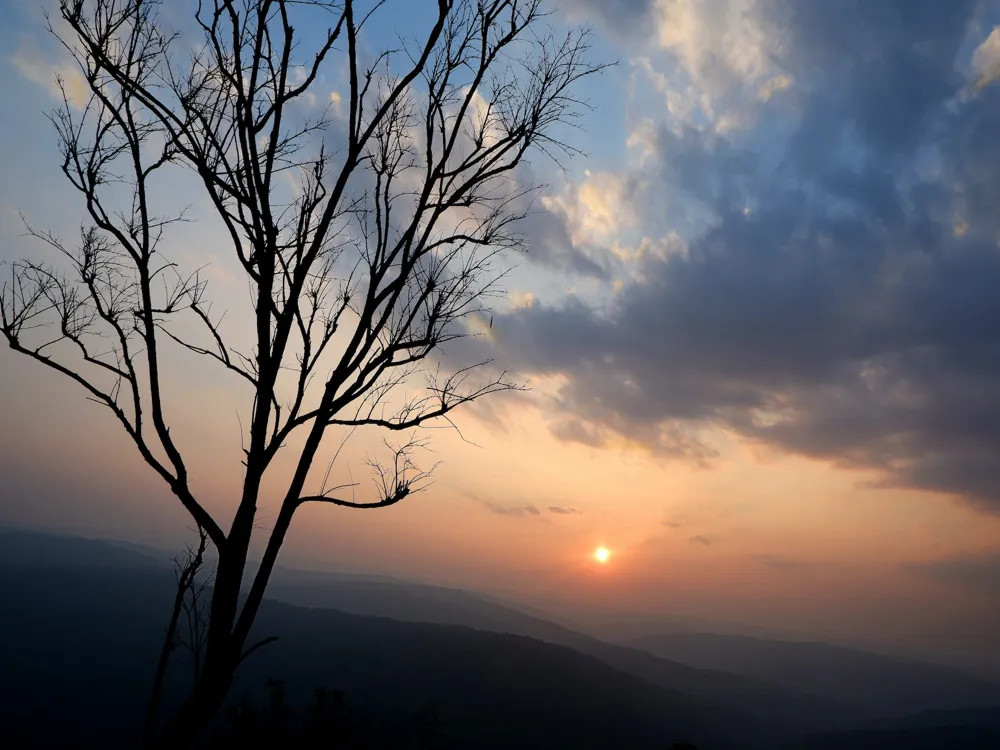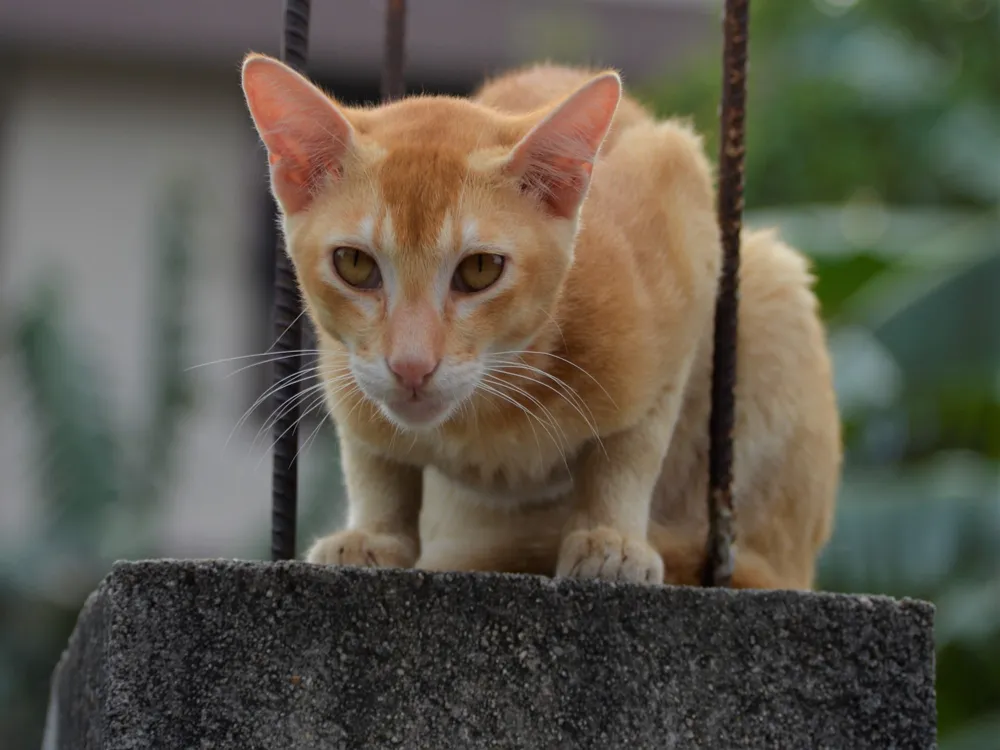Hailakandi, a quaint town in the state of Assam, India, is a hidden gem waiting to be discovered. Nestled in the verdant landscapes of the Barak Valley, it's a place where nature's beauty and cultural diversity converge. This serene town is not just a geographical entity, but a tapestry of traditions, history, and natural splendor. The heart of Hailakandi beats with the rhythm of its rivers, the lush green tea gardens, and the warmth of its people. It offers a unique blend of tranquility and vibrancy, making it an ideal destination for travelers seeking an authentic Indian experience. Hailakandi's cultural fabric is a mosaic of various communities, each contributing to the town's rich heritage. The predominant Bengali, Assamese, and tribal communities coexist harmoniously, creating a melting pot of traditions, languages, and festivities. This cultural amalgamation is reflected in the town's festivals, cuisine, and everyday life, offering visitors a chance to immerse themselves in a truly diverse cultural experience. The region around Hailakandi is blessed with abundant natural beauty. The dense forests are home to a wide range of flora and fauna, making it a haven for nature enthusiasts and wildlife lovers. From exotic bird species to rare orchids, Hailakandi's natural landscape is a living, breathing testament to the biodiversity of Northeast India. Hailakandi's cuisine is a delightful mix of flavors influenced by Bengali and Assamese culinary traditions. Rice, fish, and a variety of green vegetables dominate the local diet, along with an array of sweets that are a must-try. The food here is not just nourishment; it's a story of the land and its people, told through every spice and every simmer. The economy of Hailakandi is primarily agrarian, with a significant emphasis on tea cultivation. The lush tea gardens are not just the backbone of the local economy but also a sight to behold. The simple yet fulfilling lifestyle of the people, their warm hospitality, and the serene pace of life in Hailakandi offer a refreshing escape from the hustle and bustle of city life. The architecture of Hailakandi is a fascinating blend of traditional Assamese and colonial influences. The town's landscape is dotted with historical structures that tell the tale of its rich past and evolving cultural dynamics. From ancient temples to British-era bungalows, the architectural diversity in Hailakandi is a testament to its historical significance and cultural evolution. The traditional Assamese architectural styles are evident in the town's old temples and houses. These structures, built with local materials like bamboo, wood, and thatch, are not just dwellings but symbols of the region's ecological consciousness and cultural identity. The ingenious use of local resources in architecture reflects the people's deep connection with their land. The British colonial period left a significant imprint on Hailakandi's architecture. Colonial-era bungalows, churches, and administrative buildings, with their distinct Victorian and neo-classical styles, add a different dimension to the town's architectural landscape. These structures serve as a reminder of the town's history as a part of the larger narrative of India's colonial past. Hailakandi's religious architecture, be it mosques, temples, or churches, reflects the town's communal harmony. Each religious structure, with its unique architectural features, stands not just as a place of worship but as a symbol of the town's collective cultural heritage. In recent years, there has been a growing awareness about the importance of preserving Hailakandi's architectural heritage. Efforts are being made to maintain and restore historical structures, ensuring that the town's architectural legacy continues to tell its story to future generations. The ideal time to visit Hailakandi is between October and March when the weather is pleasant, making it perfect for exploring the town and its surroundings. Respect local customs and traditions. Dress modestly, especially when visiting religious sites, and always ask for permission before taking photographs of people. Local transport options include buses, auto-rickshaws, and taxis. For a more authentic experience, try the cycle-rickshaws for short distances. Hailakandi offers a range of accommodation options, from budget hotels to more comfortable lodgings. Advance booking is recommended, especially during festival seasons. Don't miss out on the local cuisine. Try the traditional dishes and sweets, and enjoy the burst of flavors unique to this region. Reaching Hailakandi is convenient with multiple options available. The nearest airport is in Silchar, which is well-connected to major cities in India. From Silchar, Hailakandi can be reached by road in about an hour. Regular bus services and taxis are available for this journey. Additionally, the town is well-connected by rail, with the Hailakandi Railway Station linking it to the broader Indian railway network. For those who prefer road trips, Hailakandi is accessible by national highways and state roads, making it a scenic drive from nearby cities and towns.Overview of Hailakandi, Assam
The Rich Cultural Tapestry
Flora and Fauna: A Nature Lover's Paradise
Local Cuisine: A Culinary Journey
Economy and Lifestyle
Architecture of Hailakandi
Traditional Assamese Influence
Colonial Legacy
Religious Structures: A Blend of Faiths
Preservation Efforts
Tips When Visiting Hailakandi
Best Time to Visit
Cultural Etiquette
Local Transportation
Accommodation
Local Cuisine
How To Reach Hailakandi
Siddyashar Bari Sibmandir
Hailakandi
Assam
NaN onwards
View hailakandi Packages
Hailakandi Travel Packages
View All Packages For Hailakandi
Top Hotel Collections for Hailakandi

Private Pool

Luxury Hotels

5-Star Hotels

Pet Friendly
Top Hotels Near Hailakandi
Other Top Ranking Places In Hailakandi
View All Places To Visit In hailakandi
View hailakandi Packages
Hailakandi Travel Packages
View All Packages For Hailakandi
Top Hotel Collections for Hailakandi

Private Pool

Luxury Hotels

5-Star Hotels

Pet Friendly



















